Hey there Mortals. Leading gaming studio Vulcan Forged announced the second part of the Underworld of Hades. The underworld of Hades is the southwesternmost quadrant of the VulcanVerse lore, where all mortals go when they die and, traditionally, very few escape. Read the first part before continuing.
The living seldom stepped into the ancient Greek underworld, save for great heroes, and so the information we have on this dark realm of the dead is sparse. Today, mortals are very much alive in Hades, building on their plots and visiting the haunting landmarks that the underworld has to offer as part of Vulcan’s newly built blockchain world. We continue our look at the ancient lore of the Underworld of Hades, picking up the trail where we left off last week on the Sacred Way in the quadrant’s far southwest corner.
The West Coast
The Sacred Way runs around the edge of VulcanVerse as well as between each quadrant to the central Vulcan City. From the far south-west of VulcanVerse, the rare living traveler heading north along the Way in this section of the underworld would tread quietly under stony gray skies, the still air only stirred by the slow fall of ash, dull flakes settling silently all around, obscuring the view north and muffling sound. Some way along this route, descriptions tell us was an alter devoted to Ares, the god of war.
To the north, the Way wound in a northerly direction towards a great mountain range that marked the northernmost parts of Hades — beyond here was the Mountains of Boreas, but they were inaccessible from here as the Veil of the Shadow of Death, the great impenetrable mist that surrounded the underworld, blocked all access except for through the two great gates. From this point, traveling east, an adventurer would come to the Black Bayou.
The Black Bayou
Walking east from the Sacred Way, the carpet of ash slowly gives way to a wetland, marshy pathways of withered cypress trees and white poplars eventually lead to the swampy bayou of Hades, known as the Black Bayou. Here, it was said a deep lake could be found, fed by the underground river, the Lethe, and other tributaries of the Acheron that pooled in that area. Waters from underground coursed up to the surface to form thin, black, oily waters known as the Black Bayou. Ancient maps of this area show both the Bayou and, in some instances, the River Hades running this course south to the Delta of Darkness. It is possible that prolonged underground flooding of the Lethe periodically caused the Black Bayou to swell and travel as a river south. When the flooding subsided, the bayou remained marshland, in areas still, in other places slowly moving.
Punts and flat-bottomed funeral barges were said to be common sights on the Bayou’s lakes and waterways, manned by the souls of those drowned at sea. Watery graves were said to line the Bayou. Rare tales tell of deadly Hydras living in this area under the command of their king, Polykephales.
River Acheron
A short distance to the east of the Black Bayou was the River Acheron, known as the “River of Woe”. Described as having blue-black waters that ran from its headwaters in the northern mountains of the underworld slowly south towards the delta. Between the source and the Delta of Darkness could be found the Necromanteion, a temple of black rock carved with funereal scenes of burial and mourning. Here was the oracle of the dead, where the ancestors of the ancient dead predicted the future.

To the south, near where the Acheron met the Delta of Darkness, was a large, decaying forest. Following the river north, an adventurer would come to a bridge taking a visitor east. The bridge could be described as rather splendid for the Underworld of Hades. Constructed of pale white stone, each corner of the bridge had a statue — on one side, the king and queen Hades and Persephone, and on the other, the guardians of the gates, Charon and Cerberus.
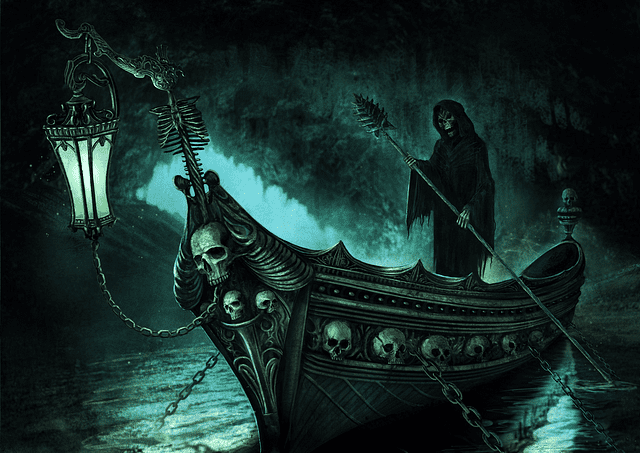
Across the bridge and to the north could be found the Gate of Ivory, one of only two ways in and out of the Underworld. The gate was described as a large portico of pale white bone, depicting detailed scenes of man and monster, animated by some magic of Hades to move as if alive. Near to the gate was the great den of Cerberus, the hound of Hades and guardian of the gate. Passing through the Gate of Ivory and out of the Underworld would take a person to a pathway that splits — leading in one direction to Vulcan City and in the other to the Mountains of Boreas.
The Necropolis and the Palace of the Dead
Southeast of the bridge over the Acheron was the sprawling Necropolis, the city of the dead and the capital of sorts of the Underworld. Rising above the Necropolis on a gravestone-covered hill was the Palace of the Dead, the seat of Hades and Persephone, the rulers of the Underworld. Mausoleums, tomb complexes, and houses of the dead lined the streets below the palace; the population — shades, the long dead.
The Necropolis was divided into four areas. The Palace, atop the hill; Elysium, where the souls of the honored dead reside; the Asphodel Meadows, where the souls of those who were neither famous nor notorious or were simply unworthy of Elysium reside; and the Mourning Fields for those wretched souls who cannot break the bonds of tragedy from their former lives such as grief, sorrow or broken-hearted, unrequited love.

A gray stone walkway led uphill to the Palace of the Dead, lined with statues of the honored dead mounted on columns. Within the palace was a great open space with white walls covered in murals depicting the deeds of Hades. Up a flight of stairs is the throne room — only one description of its magnificence exists — a long hall hewn from rock supported by dark granite pillars, its ceiling painted with stars where lanterns hung, providing a dull glow. The floors were said to be mosaics depicting underworld scenes, and a double throne made of ebony was the seat of Hades and Persephone.

The Asphodel Meadows were inhabited by the shades of everyday people, a gray place where even the asphodels growing in the meadows were ghostly pale, among the meadows were gray-washed cottages, the houses of the dead here. Elysium resided in a dimension of its own, accessed by a bridge. It was known as the “Isle of the Blessed” and was the afterlife home to the heroic, honorable, righteous, and just in life — a place of warmth and greenery, very different from the rest of the underworld. The Mourning Fields could be accessed through a great portal, the Penthus Gate. A crumbling realm, like a disused cemetery — unloved, left to decay, here roofs caved in, doors hung off their hinges, and the air was pierced by the sound of wailing and sobbing, a truly sad place. Only those despondent through grief could enter and reside in this place.
To the northeast of the city was the Garden of Persephone, a high-walled garden replete with flowers and flora usually associated with Arcadia. This would seem very out of place in the underworld were it not for Persephone’s background. She was the goddess of the spring as well as Hades’ queen and would spend half the year in Arcadia. Outside of the walls were the white poplars of Hades and further to the east, eventually Vulcan City, beyond the Veil of the Shadow of Death. From here, should a traveler head southeast, they would arrive at the banks of the River Styx.
The Rivers Styx and Phlegethon
The Styx was known as the “River of Hate”. In the Underworld of Hades, it ran from a spring in the northeast mountains, roughly following a route southwest where it met the confluence of rivers at the Delta of Darkness. To the south ran the Phlegethon, the “River of Flames”. Where the Phlegethon met the Styx, there was a constant boiling of the waters and vast plumes of black steam. The Phlegethon only ran at surface level for a short distance near where it met the Styx. Further east, near to the Volcano of Thanatos, the river of rolling flames ran underground. It is said a daemon resided here — Blubberjaw, born out of the flames of hell, nourished by the corpulent corpses of the damned, inexorably driven to consume the fat, buttery flesh of the greedy in his fiery belly.
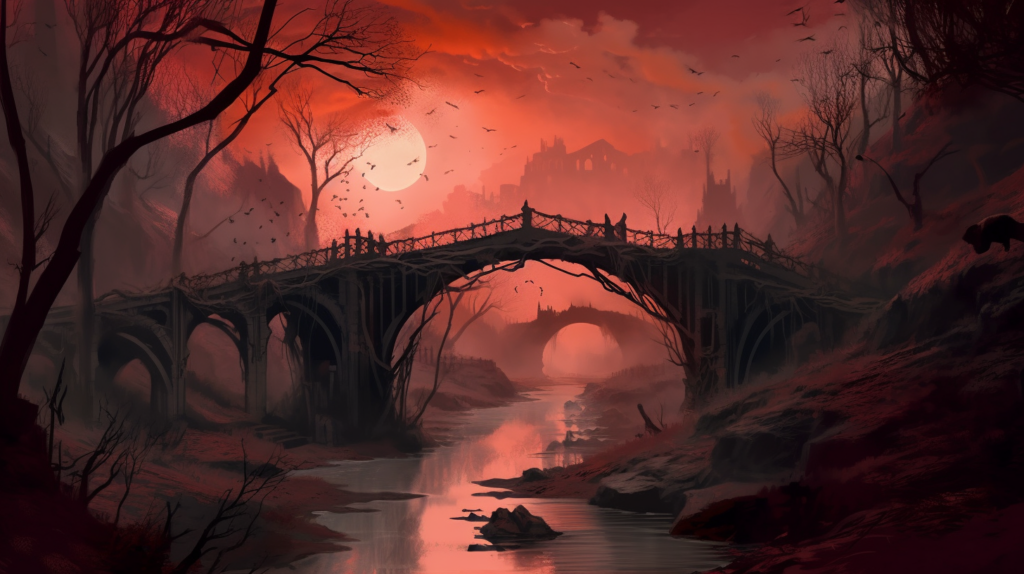
To the southwest, where the Styx flows near the Slime Swamp, was an old granite bridge covered in an overgrowth of crimson-colored moss, the Bridge of Hate. Above, the piercing cries of the Strix — a winged creature not dissimilar to a bird or even a bat could be heard. Distant howls from the plains warned of Wolfshadow, an undead demon wolf, all bloody muscle and bone, a terrifying sight. Of the other creatures of Hades? Great Storm Crows, Lamias — the top half of a woman, the bottom half of a snake. Gorgons, such as the famous Medusa and giant undead rats, not to mention the various other demons that resided here, such as the monstrous Trapjaw, found in ancient crypts and tombs.
Today’s VulcanVerse is quite different from that of the ancient land described in the writings of travelers, adventurers, and antiquarians. In Hades, if an antiquarian managed to get in, they didn’t usually get out — the odd hero fortunate enough to be guided by an antiquarian shade to their notes on the underworld (what antiquarian doesn’t want fame, even if it is after death?) is responsible for much of the pooled knowledge we have on the Underworld of Hades of old.
Listen to the inhabitants of the other quadrants of VulcanVerse when a visit to ancient Hades was discussed — “Why a katabasis now? We all go there eventually..”
Afterword
And so concludes our journey to the four quadrants of old VulcanVerse — from where all lore and history springs forth, the basis of our story, the foundation of Vulcan’s new blockchain Olympus today. In the future, we will visit Vulcan City, for there were marvels beyond the comprehension of even modern man.
For now? You, mortal, can visit the new VulcanVerse, and along with a Vulcanite companion, take part in quests, build a home, and battle for supremacy. You can even join a guild and take on other factions or cement new friendships. The choice is yours.


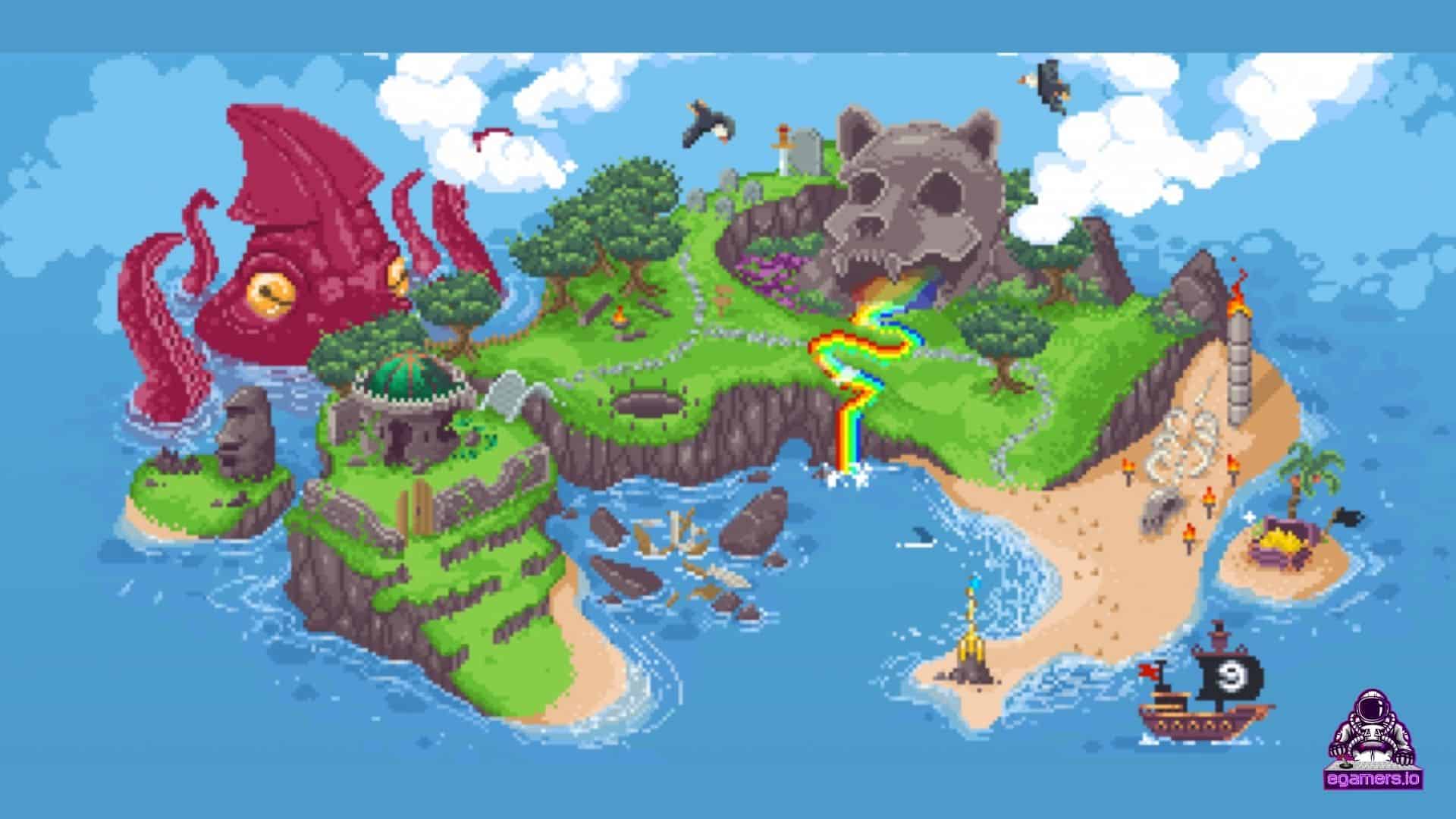
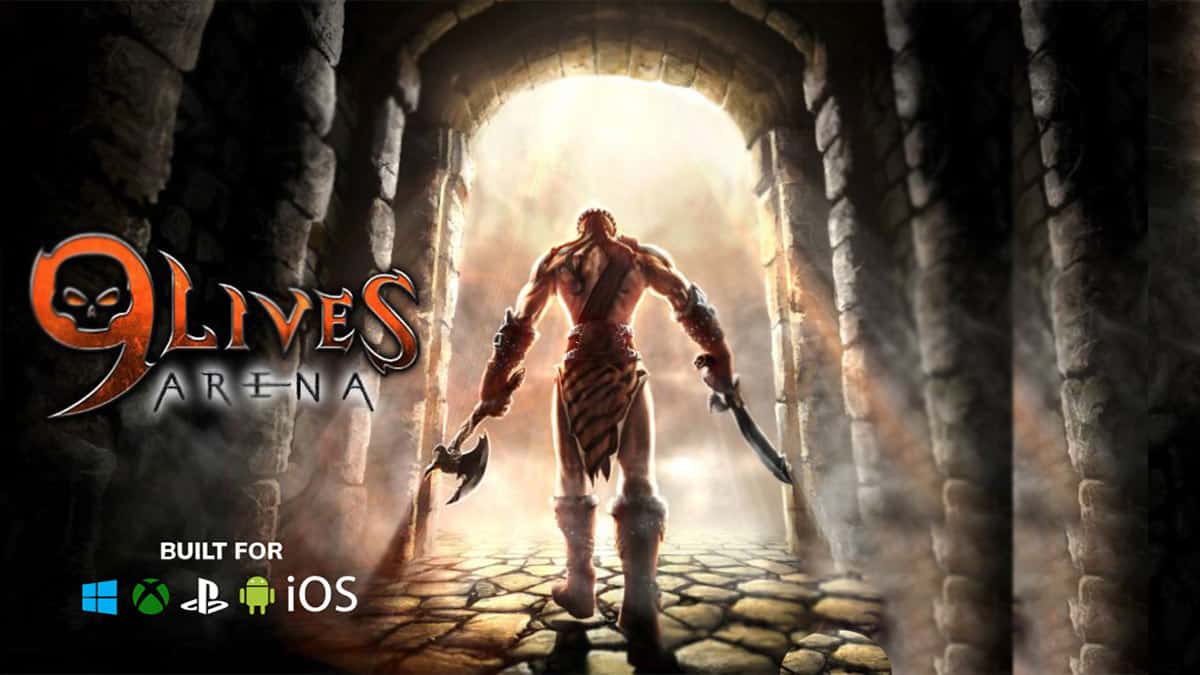


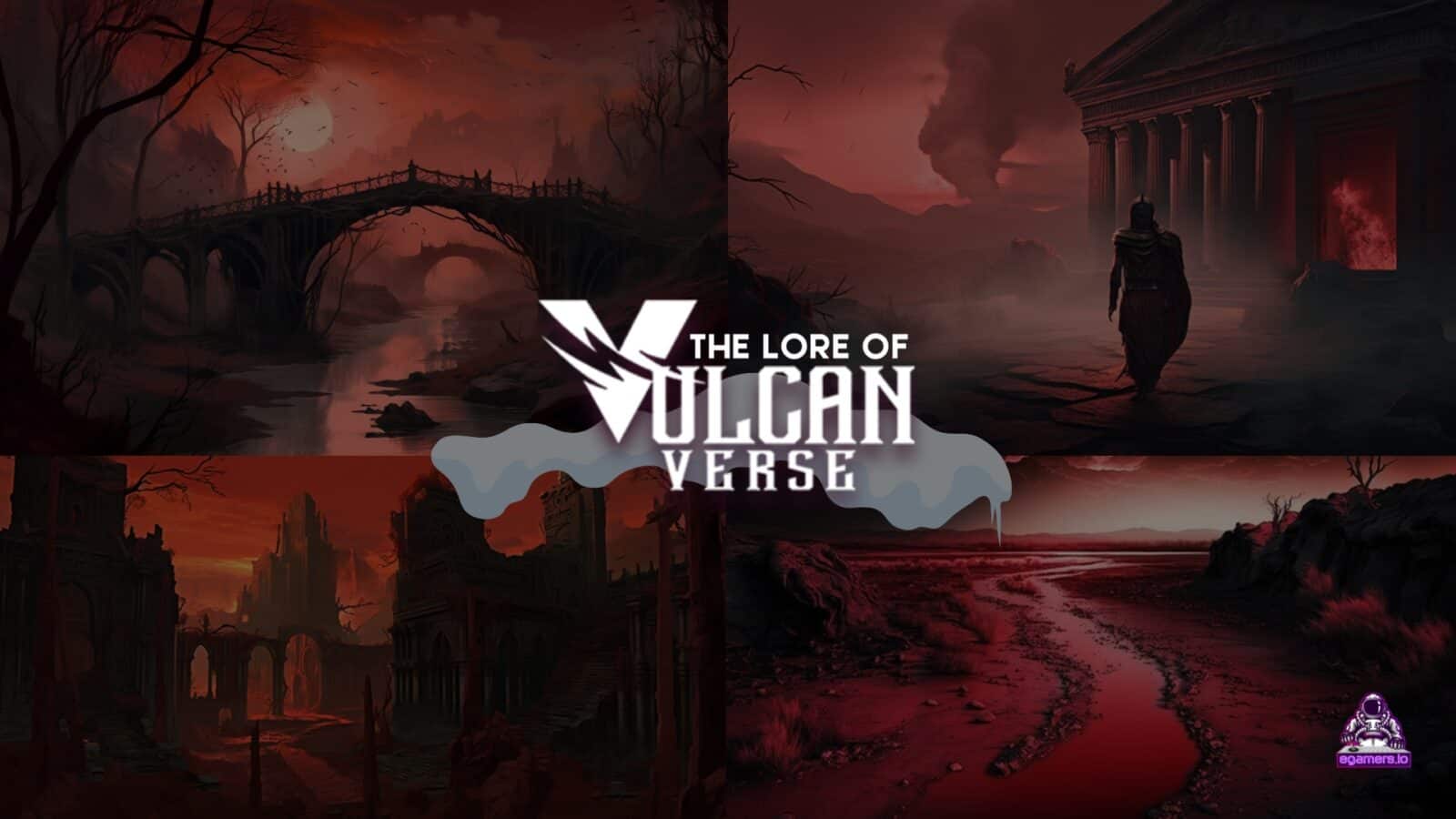
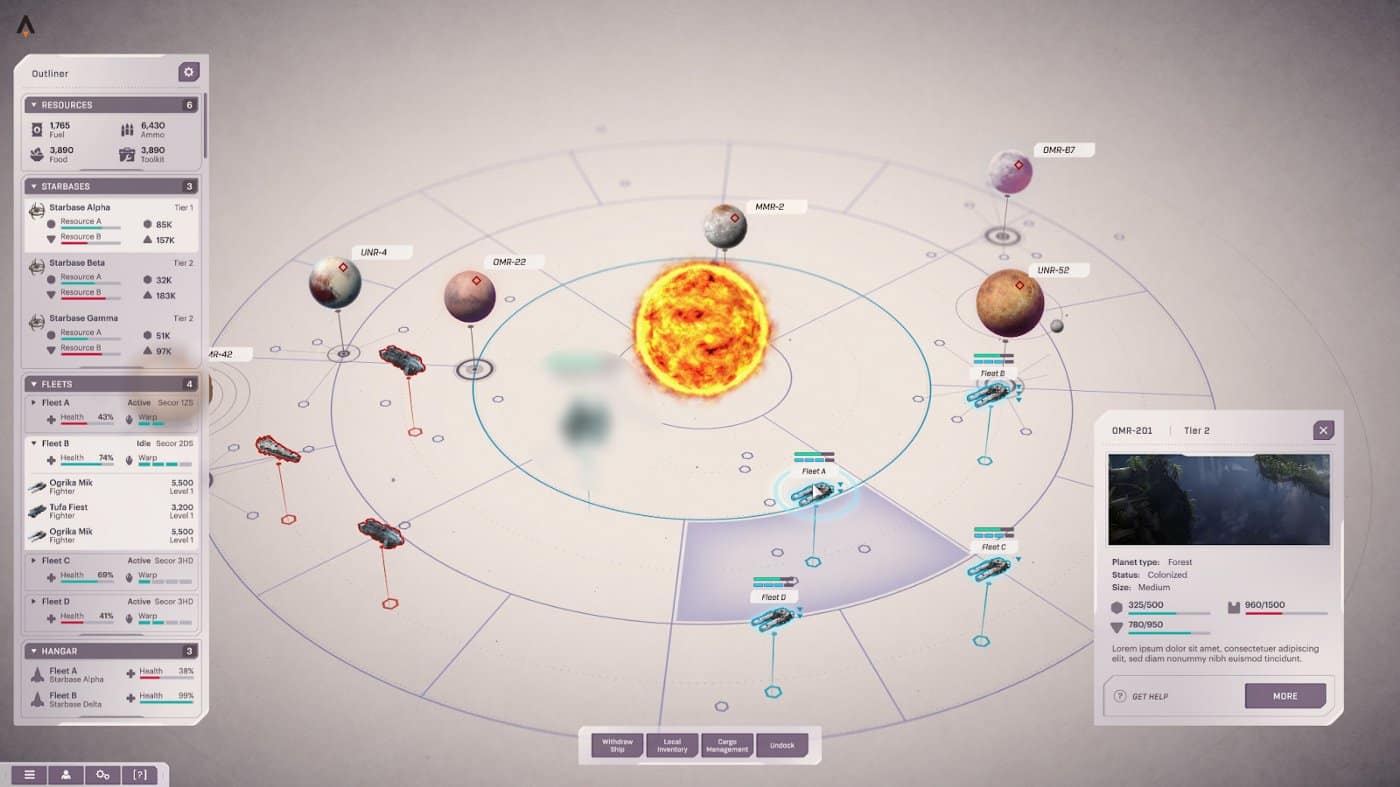
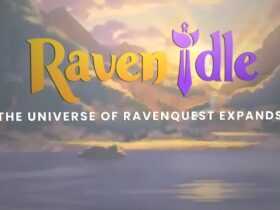





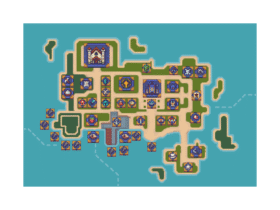

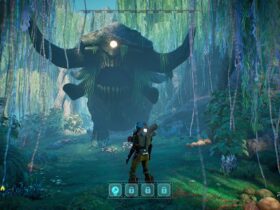

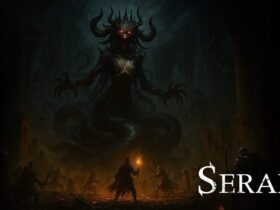
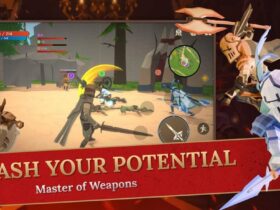


STAY ALWAYS UP TO DATE